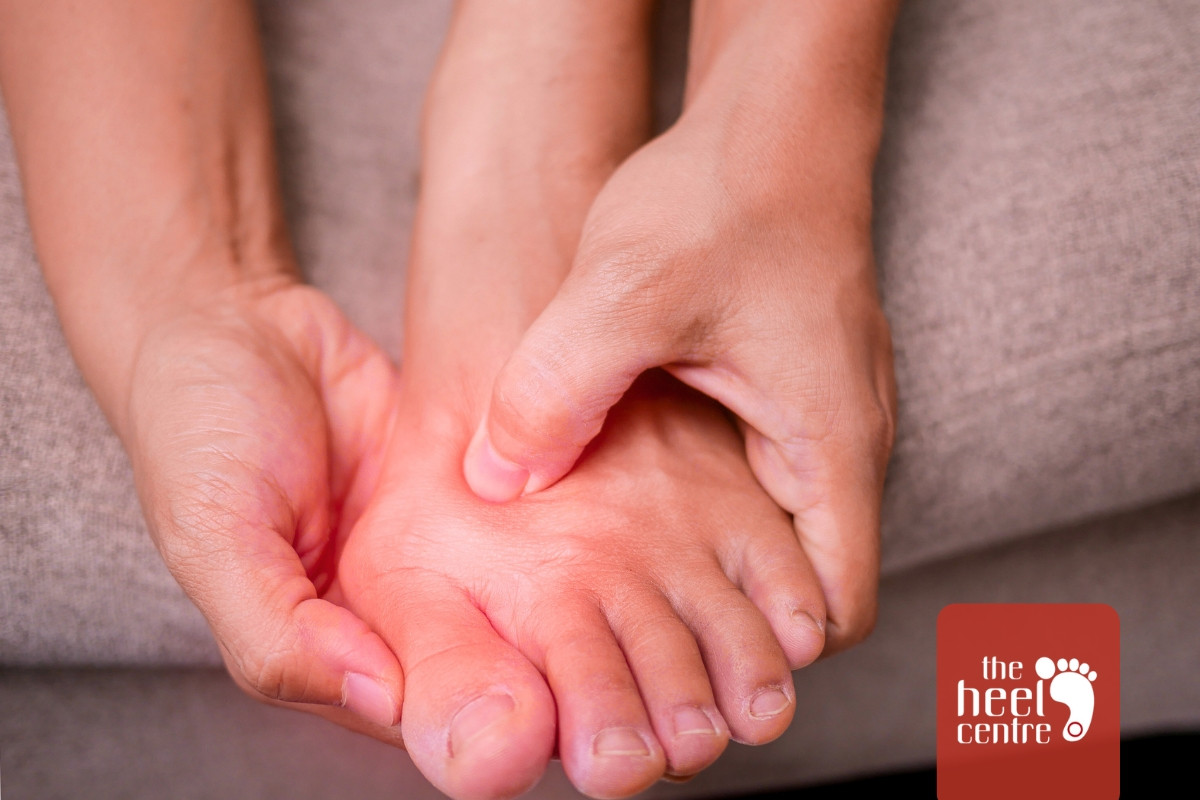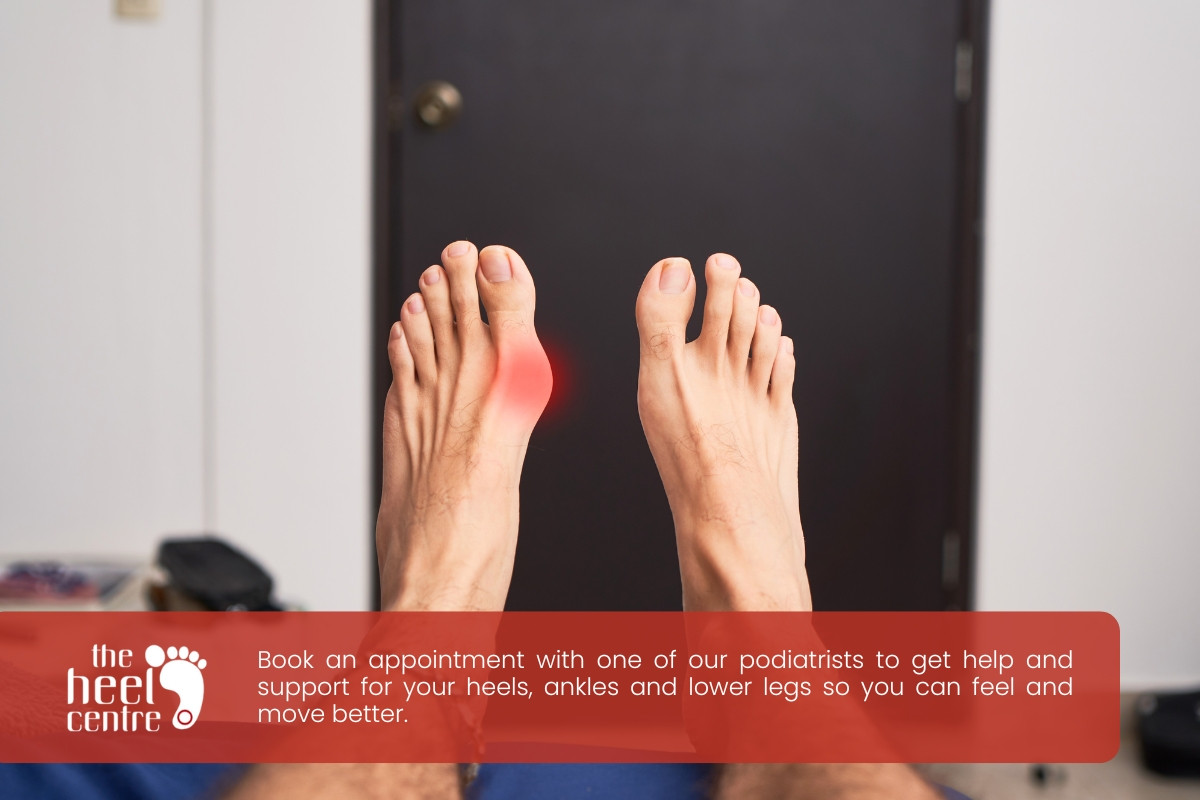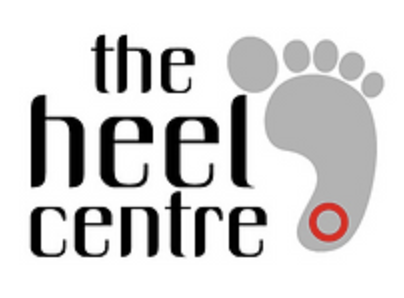Managing Bunion Discomfort
Living with bunions can create persistent discomfort that affects walking and overall foot comfort. For those seeking guidance, a podiatrist Ringwood East can provide tailored advice to manage symptoms with practical strategies. From selecting shoes that fit well to incorporating simple exercises that promote foot flexibility, there are numerous effective methods to alleviate discomfort and slow bunion progression. Early focus on foot care helps improve how feet feel daily and prevents worsening conditions. The Heel Centre offers podiatry services to guide individuals towards better foot health with personalised support.
Finding Relief From Painful Bunions Safely
If you’ve ever felt that sharp, nagging pain at the base of your big toe, you’re not alone. Bunions are more than just a cosmetic issue—they can affect your daily comfort, mobility, and even your mood.
You might notice your shoes don’t fit like they used to. Or maybe you’re avoiding long walks because every step comes with a sting of discomfort. Over time, bunions can make even simple activities feel like a chore.
The good news? Relief is possible—with the right care, the right habits, and a little consistency.
While they don’t go away on their own, there are many effective strategies for managing pain, slowing their progression, and preventing them from worsening.
Effective Bunion Care and Pain Relief
Proper footwear
This is often the most crucial step.
- Wide, roomy toe box: Choose shoes that allow your toes to move freely and don’t press on the bunion.
- Low heel and soft sole: Avoid high heels and pointed-toe shoes, which can exacerbate bunions.
- Stretchy materials: Opt for shoes made of flexible materials.
- Shop in the evening: Your feet tend to swell throughout the day, so trying on shoes later can ensure a better fit.
Bunion pads and taping
- Bunion pads: Over-the-counter gel-filled or moleskin pads can cushion the bunion, reducing friction and pressure from shoes.
- Taping: Medical tape can be used to hold your big toe in a more aligned position, which can help relieve pain and slow progression.
Orthotic devices and shoe inserts
- Over-the-counter or custom orthotics: These inserts support your feet, redistribute pressure, and can help maintain proper foot alignment, reducing stress on the bunion.
- Toe spacers: Placing a spacer between your big toe and second toe can help keep them from rubbing and encourage better alignment.
Ice therapy
Applying an ice pack (wrapped in a thin towel) to the bunion for 15-20 minutes several times a day can help reduce swelling and numb the pain, especially after periods of standing or walking.
Heat therapy
Some people find warm foot soaks or heat helpful for soothing discomfort and improving blood flow.
Exercises and physical therapy
- Toe exercises: Gentle stretches and exercises, like toe curls, toe spreads, picking up marbles with your toes, or rolling a small ball under your foot, can help strengthen foot muscles, improve flexibility, and maintain better toe alignment.
- Physical therapy: A physical therapist can provide tailored exercises and guidance to address your specific foot mechanics.
Night splints
Your podiatrist might recommend wearing a splint at night to hold the big toe in a straighter position and ease discomfort. While they don’t permanently realign the toe, they can help prevent stiffening in a misaligned position.
Weight management
Maintaining a healthy weight reduces the pressure on your feet and big toe joint, which can alleviate pain and slow bunion progression.
Bunion Prevention (and preventing worsening)
While some bunions are hereditary or due to foot structure, many strategies can help prevent them from forming or getting worse:
- Choose the right footwear consistently: This is paramount. Prioritise comfort, a wide toe box, low heels, and good arch support. Avoid narrow, pointy, or high-heeled shoes.
- Maintain a healthy weight: Reduce the stress on your feet.
- Regular foot exercises: Strengthen the muscles and maintain flexibility in your toes and feet.
- Monitor your foot health: Regularly check your feet for any signs of redness, swelling, or new pain.
- Address early signs: If you notice any discomfort or changes in your foot, consult a healthcare provider or podiatrist early on. Early intervention can prevent the bunion from becoming more severe.
- Consider orthotics: If you have flat feet or other structural foot issues, custom or over-the-counter orthotics can provide crucial support and help maintain proper foot mechanics, reducing the likelihood of bunion development or progression.
- Avoid prolonged standing or high-impact activities if they cause pain, or modify these activities to reduce stress on your feet.
When to See a Podiatrist
- Home treatments don’t improve your bunion pain after a few weeks.
- The pain is interfering with your daily activities.
- Your bunion is getting worse.
- You have bunions and diabetes (foot problems can be more serious with diabetes).
Final Thoughts
A podiatrist can diagnose the bunion, rule out other conditions, and recommend the most appropriate course of treatment. This may include custom orthotics, steroid injections, or, in severe cases where conservative measures fail, surgical correction.
Surgery is typically considered when bunions are very painful and significantly impact daily life, not just for cosmetic reasons.
Moving Comfortably Starts with Good Foot Care
 Ringwood East is a welcoming Melbourne suburb known for its community spirit and accessibility. The Heel Centre offers podiatry within Ringwood East and neighbouring areas, delivering thorough foot and lower limb care to residents across the region.
Ringwood East is a welcoming Melbourne suburb known for its community spirit and accessibility. The Heel Centre offers podiatry within Ringwood East and neighbouring areas, delivering thorough foot and lower limb care to residents across the region.For those wanting guidance on bunion care and relief, The Heel Centre provides trusted podiatry Ringwood East services. With personalised advice and support, they help clients take proactive steps towards foot comfort. Arrange a consultation today to learn more and take control of your foot health.






